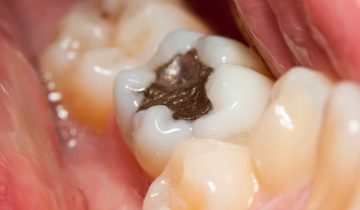Last updated on August 16th, 2023
A dental bridge is an effective way to restore the function and look of the teeth. By bridging between two natural teeth, a false tooth is used to fill the gap in your mouth. As a non-surgical treatment, many people prefer dental bridges, especially if they have only one tooth missing. Also, dental bridges for more than one tooth are still possible.
In this blog post, you will read about the technical details, procedural steps, and the cost of dental bridges. Though the present article gives you a good amount of information, you should still discuss your treatment with a dental professional.
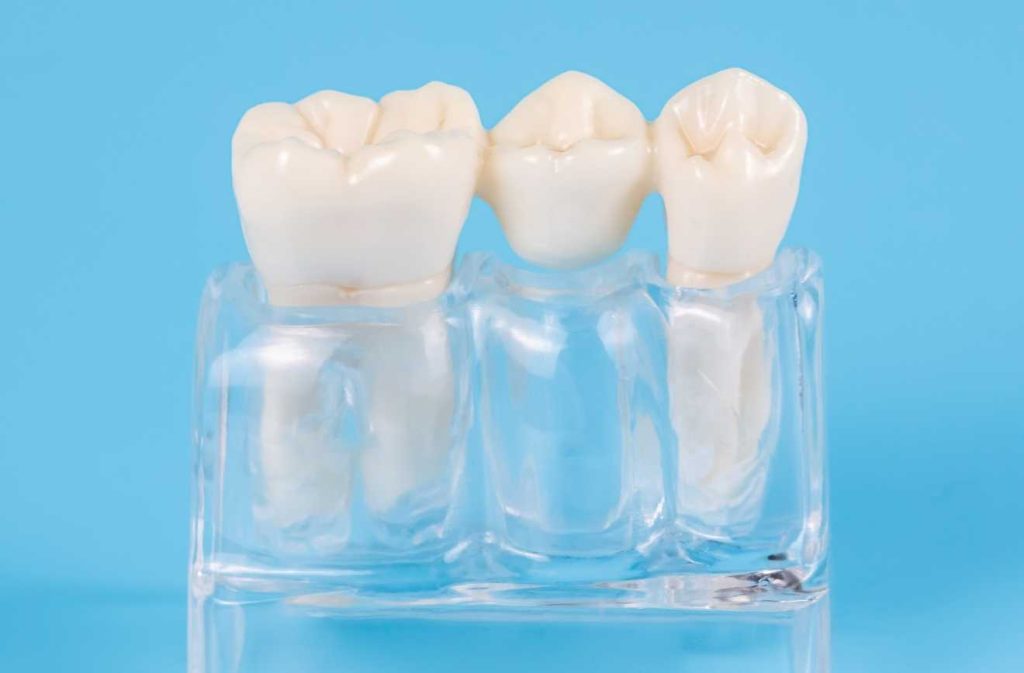
What Is A Dental Bridge?
A dental bridge is a technique in which the dentist fills the gap with an artificial tooth. Two crowns are often put on either side of the missing tooth, and the false tooth (pontic) is stabilized by cementing in its place. There are different techniques for dental bridges.
What Are The Different Types Of Dental Bridges?
There are four different techniques used in dental bridge treatments.
1- Traditional Way (Fixed Bridge Dental)
As the most common practice, the fixed bridge technique uses two or more crowns to keep the filler tooth stable. The bridges can be made of metal, zirconium, or ceramic. If a front dental bridge is needed, patients usually prefer zirconium bridges since they mimic the color of the natural teeth better.
2- Maryland Dental Bridge
The idea of bridging is the same as a traditional dental bridge; however, the prosthetic tooth is bonded differently in Maryland dental bridge. Instead of putting crowns on the existing teeth on the sides, metal wings are placed on their backside. The wings on the two sides hold your teeth together. Since the metal wings are on the backside of the front teeth, they don’t ruin the look of a beautiful white smile. This technique is particularly good for a dental bridge in front teeth.
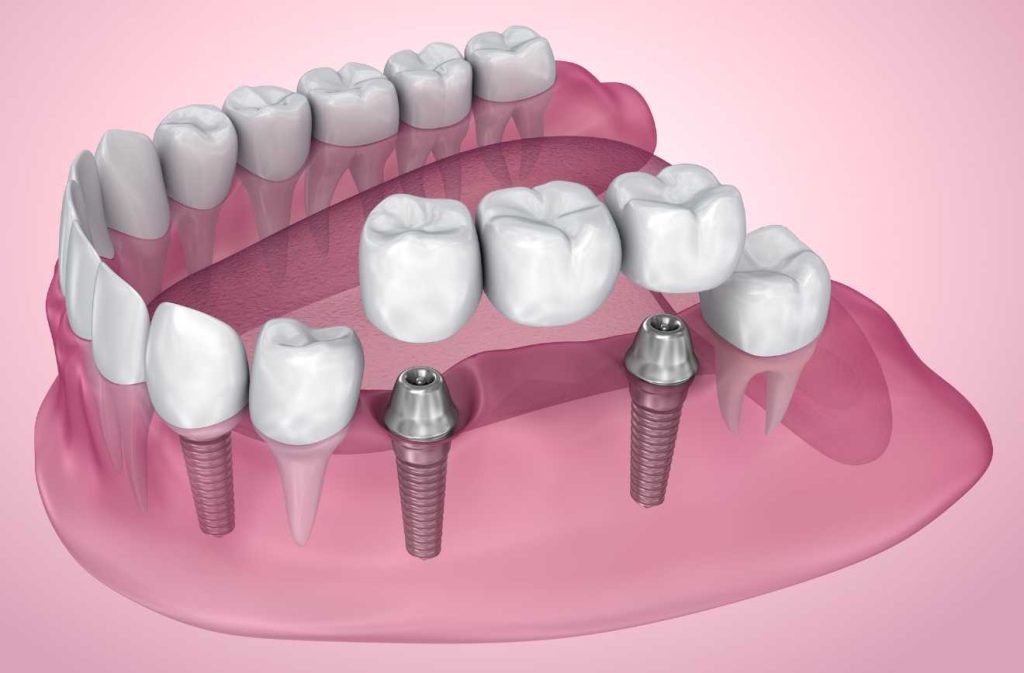
3- Implant-Supported Bridge
In an implant-supported bridge, the idea is to put the prosthetic tooth on an implant rather than cementing it as in the traditional fixed bridge. This dental implant bridge technique involves implant surgery, but the bridge stays safer for years.
4- Cantilever Bridge
This single tooth bridge technique connects the pontic only to one tooth to support. Although it sounds like a feasible option for those having teeth on one side of the gap only, this technique is not preferred very often today.
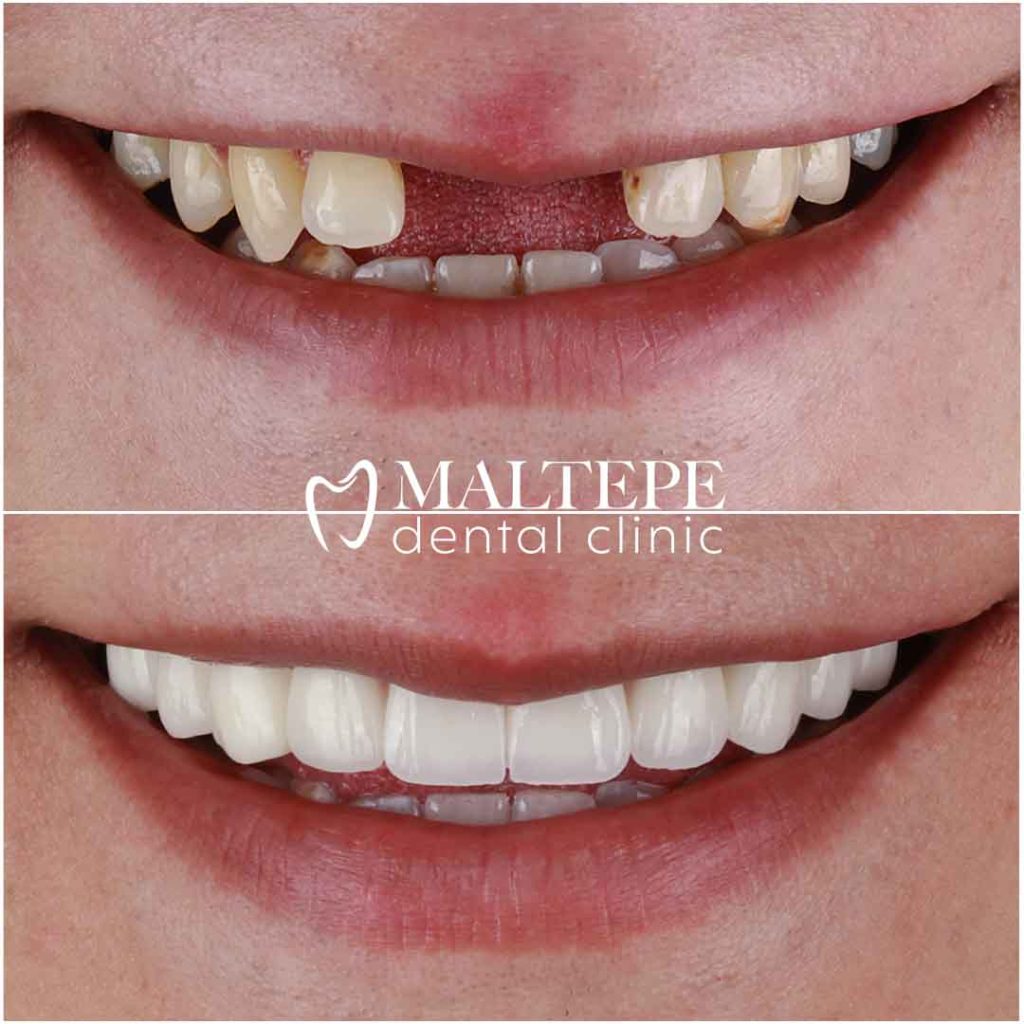
Who Needs Dental Bridges?
Unfortunately, aesthetic concerns are not the only problem arising from missing teeth. For example, even only one missing tooth can lead to biting and chewing problems, which might give you unbearable discomfort while eating. Also, if you have a missing tooth, the nearby teeth can move towards your missing tooth, which might trigger other problems in your mouth. Likewise, the tooth supposed to touch your missing tooth can also move to the space after your missing tooth.
Apparently, a missing tooth or two can potentially lead to more serious problems. But what causes you to lose a tooth? Though there may be many reasons to be listed, the most common reasons are tooth decay and gum disease. Nevertheless, some people might still have one or more missing teeth for no reason.
As you see, there are various reasons and results for missing teeth. Whatever the reason or result of your missing teeth, getting a dental bridge can give you great relaxation after a long time suffering from a missing tooth.
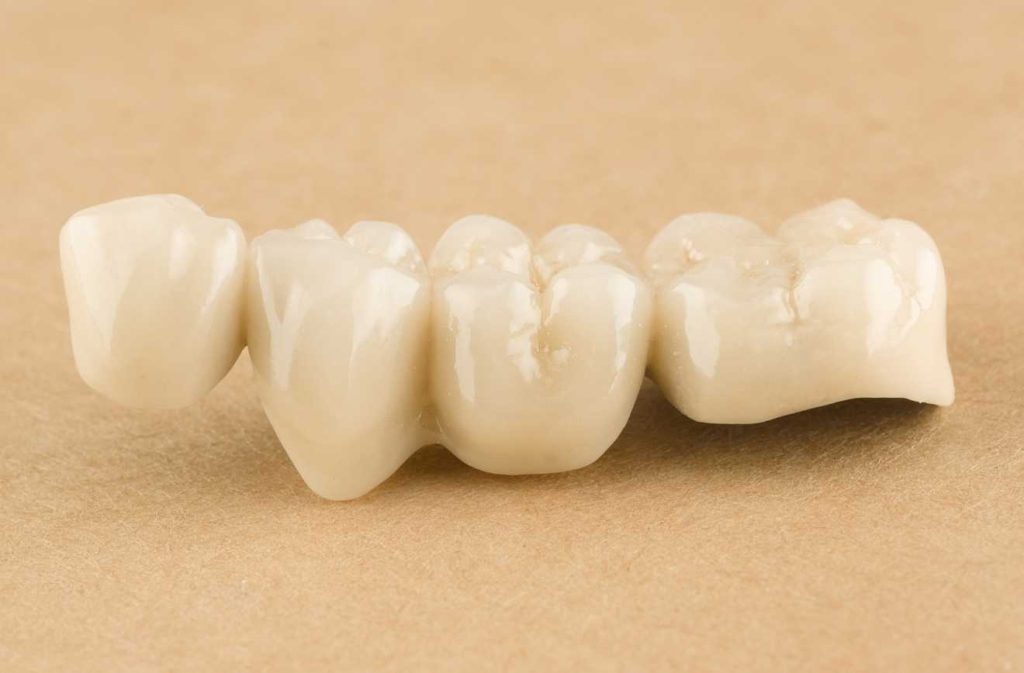
What Is Dental Bridge Procedure Like?
Normally, you need to go to the clinic for two appointments. The procedural steps are not much complicated. There are preparation, impression, and placement steps.
Step-1: Abutment Preparation
You need to have healthy supporting teeth for dental bridges treatments to keep the bridge strong and safe. So, on your first visit, the dentist removes the enamel on your supporting (neigbouring) teeth a little and prepares them for the crowns.
Step-2: Taking Impression
Utilizing some dental scan technology, your dentist gets the visuals and measurements of your teeth so that they can make your false teeth, crowns, and of course, the temporary dental bridge. These temporary products will keep your mouth functioning until the lab team gets your bridges and other stuff ready.
Step-3: Placing The Bridge
Once your products are ready, you go to the clinic again. At this visit, your false teeth and bridge are removed. Now, it is time to get your permanent bridge placed. Upon placing the permanent pieces, the dentist checks the positioning to make sure that you are comfortable with them.
How Long Does A Dental Bridge Last?
Dental bridges can last 5-8 years. However, it is still possible to use dental bridges for up to 10 years with good oral hygiene and care.
How Much Does A Dental Bridge Cost?
It is hard to know the exact dental bridge prices. Depending on where you live and what type of dental bridge treatment you get, the cost of the treatment can vary. However, many insurance plans pay for your dental bridge cost fully or partially. Therefore, you should ask about the details of your insurance to learn the coverage precisely as well as get a quote from a specific dental clinic.
What Are The Disadvantages Of Dental Bridges?
Though dental bridges are an excellent way to eliminate a number of problems caused by missing teeth, there are some drawbacks you should consider before starting the procedural steps.
First, though you have got a new pontic at the end of the procedure, the supporting teeth on the sides can be at risk. Since the enamel on them is slightly removed before placing the crowns, your healthy support teeth might be prone to bacteria and plaque unless the crowns or the bridge are not fitted well. Eventually, they might decay, and you might need to renew the crowns and the bridge later.
Also, as already stated above, the supporting pillar teeth on the sides of your pontic should be strong and healthy enough to keep the bridge and pontic standing strong. However, if;
- you don’t take good care of your teeth,
- some new dental problems develop in your mouth,
- you don’t get your treatment from eligible professionals,
your supporting teeth might fail to support the bridge and the pontic, and they collapse. Therefore, you may need to replace the supporting teeth with dental implants afterward.
Considering the advantages and disadvantages of dental bridges, you should carefully decide. Discussing the problem with eligible professionals thoroughly and understanding the details of the treatments are crucial.
How Many Teeth Can Be On A Bridge?
Usually, 1-3 teeth are replaced by a dental bridge. However, it is still possible to put more teeth on a dental bridge as long as you have enough anchoring (supporting pillar) teeth to support the points in between.
Dental Bridge Vs Dental Implants
Dental bridges and implants are often compared to each other, and patients are supposed to pick one of the options. Therefore, knowing the benefits and drawbacks of each treatment is important.
Dental bridges are not a surgical operation so it might be a better alternative, especially for those having dental fear. Also, the interval between two visits is shorter in dental bridge treatment, saving more time. However, since bridges need abutment teeth to anchor the bridge, there is a potential risk of damaging your healthy teeth.
Implants, on the other hand, are a more conservative treatment technique. It helps the jaw structure correct the shape and stay stronger. Though it takes longer to heal, the treatment doesn’t involve any other tooth than the target one, so you don’t risk your healthy teeth. However, since implants are partly under the gum tissue, gum diseases affect the implanted tooth easier than the tooth bridge.
Bottom Line
Now, you know much more about dental bridges; what does a dental bridge look like? And many other things about the treatment. Though suffering from a certain dental problem is hard and painful, you should still discuss the case with your dentist elaborately before making a rushed decision out of pain and fear.



